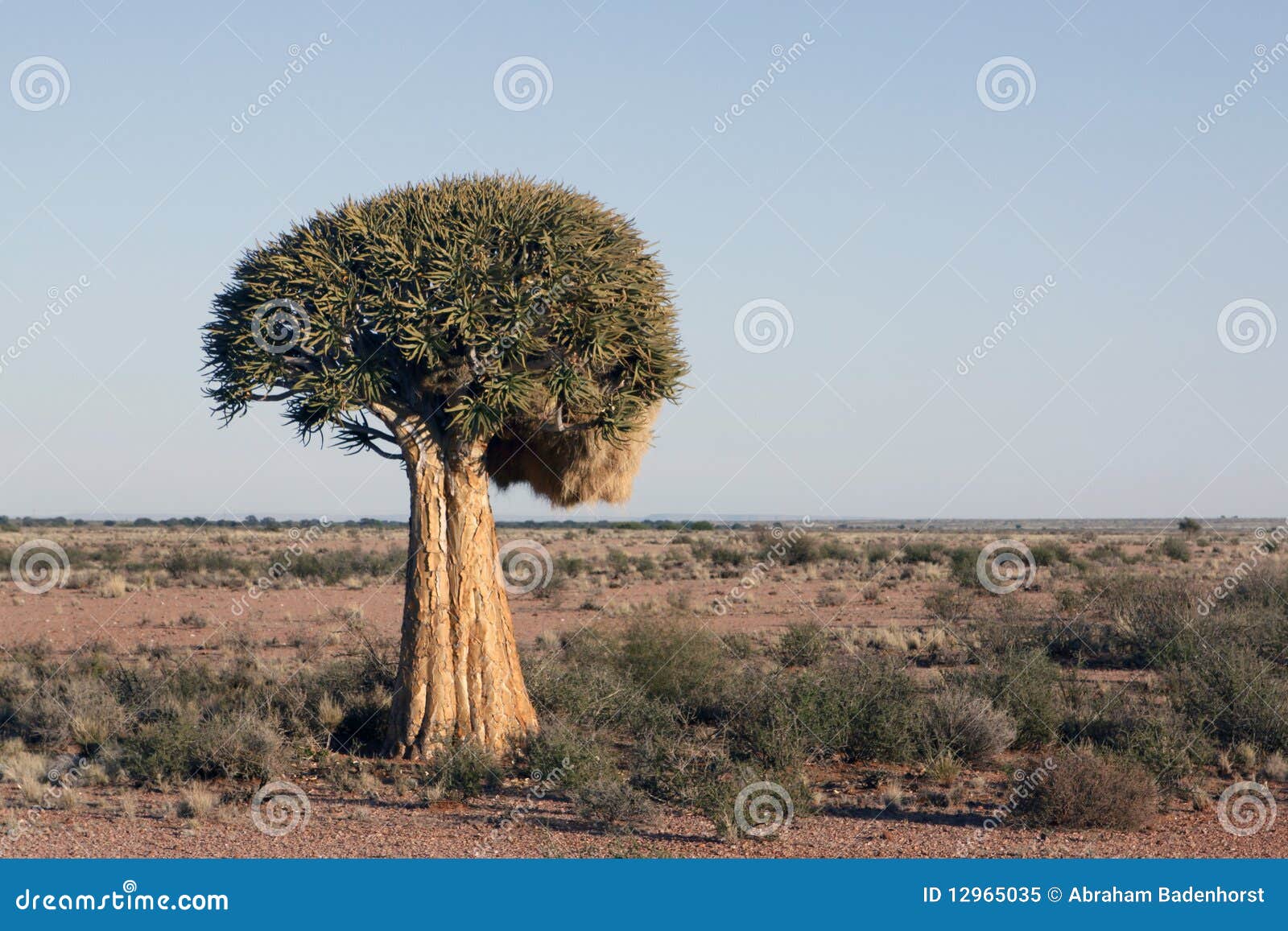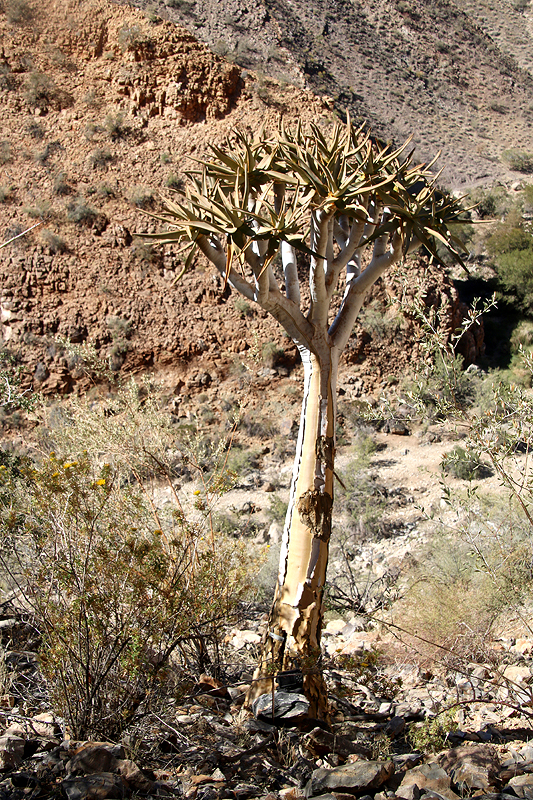


The seeds from the marula tree are edible, typically being used in cooking or as a substitute for coffee. However, it is worth noting that it can also be considered a nuisance due to how fast they grow, quickly taking over other plant species. So much so, many people across Africa and Australasia plant this tree in their gardens. Standing tall with a spreading crown, the fever tree is loved by birds. Obviously, it was later discovered that this was in fact mosquito-related. The tree gets its name from its likelihood of growing in swampy landscapes.Įarly settlers from Europe once blamed this tree for malarial fever that would commonly be contracted in and around the tree. As a result, this tree has a beautiful yellow and green coloration. Interestingly, this tall African tree is one of the few trees in the world where photosynthesis occurs in the bark. However, that doesn’t stop many people from using the tree as a source of vitamin C in superfood beverages. Reaching heights of 59 feet, the baobab tree is endangered. The base of this tree can be so wide it can reach a diameter of 9 m. Referred to by some as the “Tree of Life”, the baobab is well-recognized thanks to its enormous water-storing trunk. Though this tall species of tree can be found all over Africa, you are sure to spot one when traveling through Madagascar. In fact, a lot of people claim that this unique tree is the most outlandish and iconic tree found anywhere in the world. The Baobab TreeĪlso known as the upside-down giant, the baobab tree is arguably the most iconic of the African trees. We will look at the characteristics of the African trees and take a look at any uses they may have. If you love everything plant-related or simply want to learn more about Africa, you’ve come to the right place.


In this blog, we have compiled a list of the most amazing and iconic trees Africa has to offer. These images only serve for inspiration and cannot be copied (images or the designs) for personal use. Photo Disclaimer – Images used in this article are owned by the respective individuals, artists, or other parties who post on their private social media accounts. It will include both the official binomial nomenclature (scientific names usually in Latin) as well as regional spellings and variants.When people tell us stories of their trip to Africa, we always hear of those wild encounters with lions on a safari or the incredible views from Table Mountain, but nobody ever has anything to say about the trees. This sections includes definitions from the five kingdoms of living things: Animals, Plants, Fungi, Protists and Monera. If you are looking for specific details regarding Quiver tree, for example chemical composition, pregnancy safety, diet and recipes, side effects, health benefits, extract dosage, have a look at these references.
#QUIVER TREE SCIENTIFIC NAME FULL#
This page contains potential references in Ayurveda, modern medicine, and other folk traditions or local practices It has the synonym Rhipidodendrum dichotomum (Masson) Willd.Įxample references for further research on medicinal uses or toxicity (see latin names for full list): Quiver tree in English is the name of a plant defined with Aloe dichotoma in various botanical sources. Quiver tree in Biology glossary Source: Google Books: CRC World Dictionary (Regional names)


 0 kommentar(er)
0 kommentar(er)
